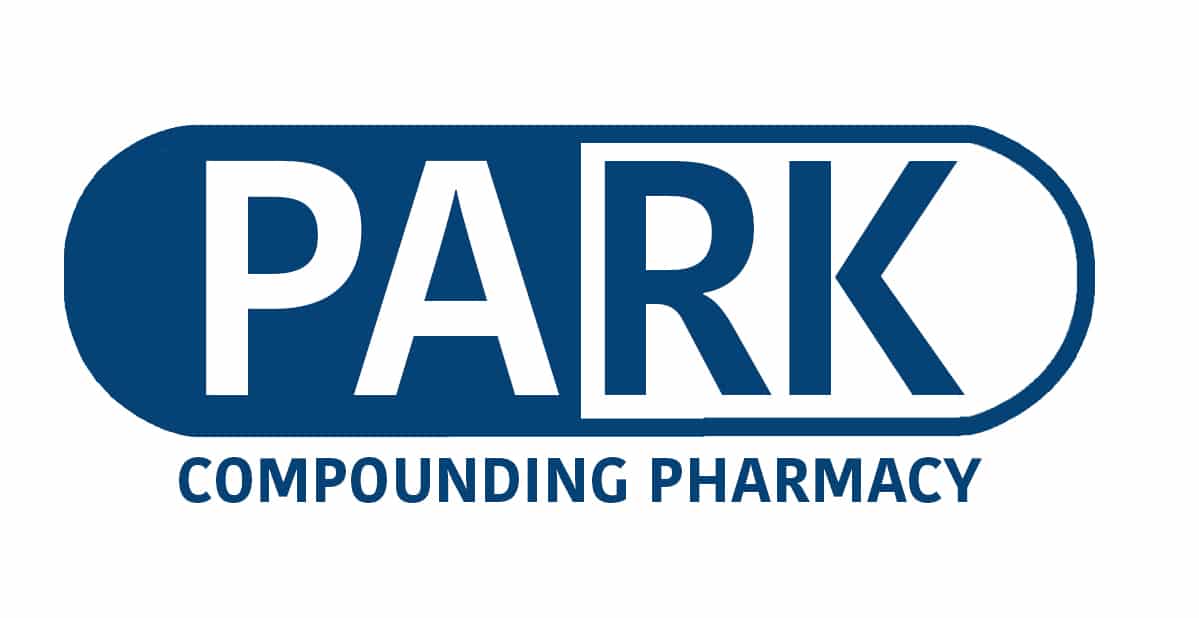The drug clascoterone has recently been approved with the brand name Winlevi for the topical treatment of acne. This is the first FDA approved topical treatment for acne which is a significant development in the search for effective acne treatments. Acne is a notoriously difficult to treat condition. Many medications that are taken orally have unwanted systemic side effects. For many patients, a topical medication is an effective option that may be safer.
What is Clascoterone?
Clascoterone is an antiandrogen medication like spironolactone. The only FDA approved form of spironolactone is an oral medication however it can be made in a topical form by a compounding pharmacy. The oral form of spironolactone (which is used off-label for acne) is recommended only for women due to its hormonal effects in men. However topical clascoterone can be prescribed for both women and men and is indicated specifically for treating acne. The exact mechanism of action of clascoterone is not known but it is thought that it is related to competing with DHT for binding androgen receptors. This leads to inhibition of sebum production that causes acne.
Acne affects up to 85% of individuals between the ages of 12 to 25 years old in the United States at some point. Many will have only mild cases of acne that are often related to pubertal hormonal changes and other hormone fluctuations. Others will have more severe cases that require more advanced treatment than simply cleansing with benzoyl peroxide. Winlevi is the newest treatment available to dermatologists looking to treat acne topically without using oral medications.
What are the Side Effects of Acne Medication?
The side of effects of this new topical acne medication include local reactions like redness, itching, and burning. These types of side effects are typical to many topically applied medications. Relative to some acne medications the side effects are mild. Isotretinoin is one of the main treatments available for acne that is taken orally. While effective, isotretinoin carries a few serious possible adverse effects including the risk of birth defects if a woman becomes pregnant. Topical antibiotics are also effective when applied topically however there is a risk of developing antibiotic resistance.
For mild cases of acne, topical medications are often the only medications used. Benzoyl peroxide, retinoic acid, and topical antibiotics. As cases become more severe, oral medications are often introduced. Spironolactone is FDA approved for a few different indications including hyperaldosternism and as adjunct treatment for reducing blood pressure. For acne, oral spironolactone is prescribed off-label. This medication is effective for many women however it does have some side effects like inhibiting androgen throughout the body. A topical preparation of spironolactone can be made by a compounding pharmacy that may work similarly to topical clascoterone.
Isotretinoin is typically reserved for more severe forms of acne that involve painful cysts and nodules. Because of the high risk of harm to fetal development, the FDA has a specific program for isotretinoin called iPLEDGE. This program helps prevent a patient who is taking isotretinoin from becoming pregnant and stops patients who are already pregnant from starting isotretinoin. Isotretinoin is an effective medication but the potential side effects may make patients, especially for women, wary of starting treatment.
While many current treatments for acne are safe and effective, some do have serious potential adverse effects. Topical treatment with a medication like clascoterone or spironolactone may benefit some patients who prefer not to take isotretinoin, for example.
Results of Clascoterone Research for Acne Treatment
In clinical trials of 1440 patients it was found that 1% clascoterone cream was more effective at treating acne than a vehicle alone with no active ingredient. The trials included both male and female patients who were 9 years of age or older who were experiencing moderate to severe facial acne. The patients were randomized to receive the clascoterone cream or a product that used the same cream without clascoterone. The cream was shown to be effective for both male and female patients. Treatment adherence was above 90% which shows that it was well tolerated and that it has a high likelihood of being used by patients.
More Options for Patients with Acne
The approval of Winlevi offers a new option for patients struggling with acne. Similar to topical spironolactone compounded by our pharmacy, topical clascoterone effectively reduces acne with minimal adverse effects. Patients should discuss the treatment options available to them with their dermatologist.
Articles
Topical Clascoterone: The First Novel Agent for Acne Vulgaris in 40 Years – Clinical Therapeutics
Long-Awaited Acne Topical Winlevi Is Finally Here – Allure
Winlevi Package Insert – FDA.gov
Efficacy and Safety of Topical Clascoterone Cream, 1%, for Treatment in Patients With Facial Acne – JAMA
